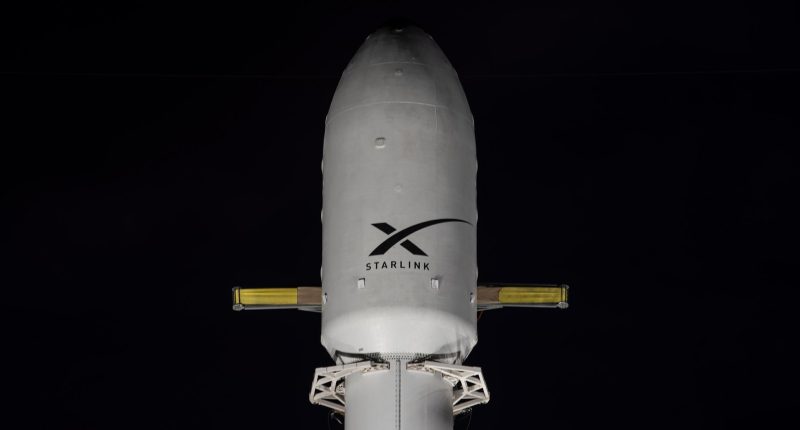SpaceX is preparing for a historic venture with its Polaris Dawn mission, slated to commence on August 27. Perhaps the company’s riskiest endeavour yet, the mission aims to achieve SpaceX’s first-ever private spacewalk and will involve a series of technological innovations and tests.
Polaris Dawn represents a milestone in private space travel, as Elon Musk’s SpaceX plans to conduct the first spacewalk by a non-governmental crew. Scheduled to occur two days after launch, the spacewalk will be conducted at an altitude of 434 miles (700km) above Earth. This height places the mission in an orbit significantly higher than the International Space Station (ISS), which orbits approximately 250 miles (400km) above the planet. The mission’s trajectory will follow an elliptical path, ranging from as close as 118 miles (190 kilometers) to as far as 870 miles (1,400 kilometers) from the planet’s surface. This unprecedented distance exceeds human spaceflight altitudes since the Apollo program concluded in 1972.
This mission is part of the Polaris Program, a series of planned spaceflights aimed at advancing private space travel technologies and conducting scientific experiments. The Crew Dragon spacecraft, a key component of the mission, has been specially modified to allow for a direct hatch opening into the vacuum of space. This modification eliminates the need for an airlock, a traditional feature used to maintain spacecraft pressure and prevent decompression. Instead, the entire cabin will be depressurized for the spacewalk, testing the structural and functional limits of SpaceX’s equipment.
The crew for the mission will don new, slimline spacesuits designed to offer enhanced mobility and protection. These suits are crucial for the spacewalk, providing necessary life support and shielding against the harsh environment of space. Prior to the spacewalk, the Crew Dragon cabin will undergo a “pre-breathe” process, during which it will be filled with pure oxygen to expel nitrogen from the air. This process is essential to prevent decompression sickness, a condition where nitrogen bubbles in the bloodstream can cause severe health issues similar to “the bends” experienced by divers ascending too quickly from deep water.
Speaking of the crew, the Polaris Dawn mission is funded by Jared Isaacman, a billionaire entrepreneur and founder of Shift4 Payments, who has invested an estimated $100 million into the project. Isaacman will lead the mission as the commander. He will be joined by Scott Poteet, a retired US Air Force lieutenant colonel, who will serve as the pilot, as well as two SpaceX engineers, Sarah Gillis and Anna Menon. Gillis is the lead space operations engineer for astronaut training, while Menon serves as the lead operations engineer for crew development and medical oversight, and all four of them bring their expertise to the mission as well.
The crew, amongst other things, will test laser communications provided by SpaceX’s Starlink satellite network. During the mission, the Crew Dragon spacecraft and its systems will be tested against the intense conditions of the Van Allen radiation belts, an area characterized by high levels of charged particles from the sun. This environment poses a risk to both the spacecraft’s electronics and the health of its crew. The mission’s altitude and radiation exposure are expected to be more severe than those encountered in low-Earth orbit missions.
The Tech Portal is published by Blue Box Media Private Limited. Our investors have no influence over our reporting. Read our full Ownership and Funding Disclosure →






